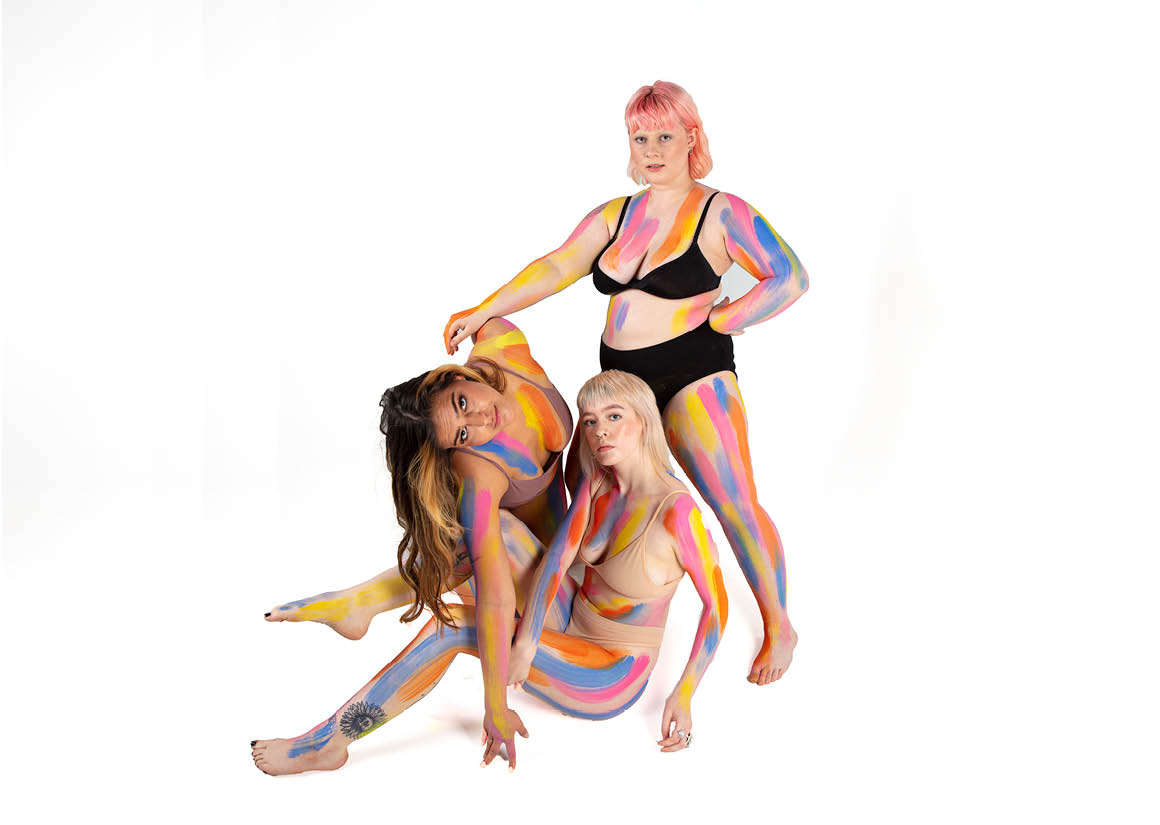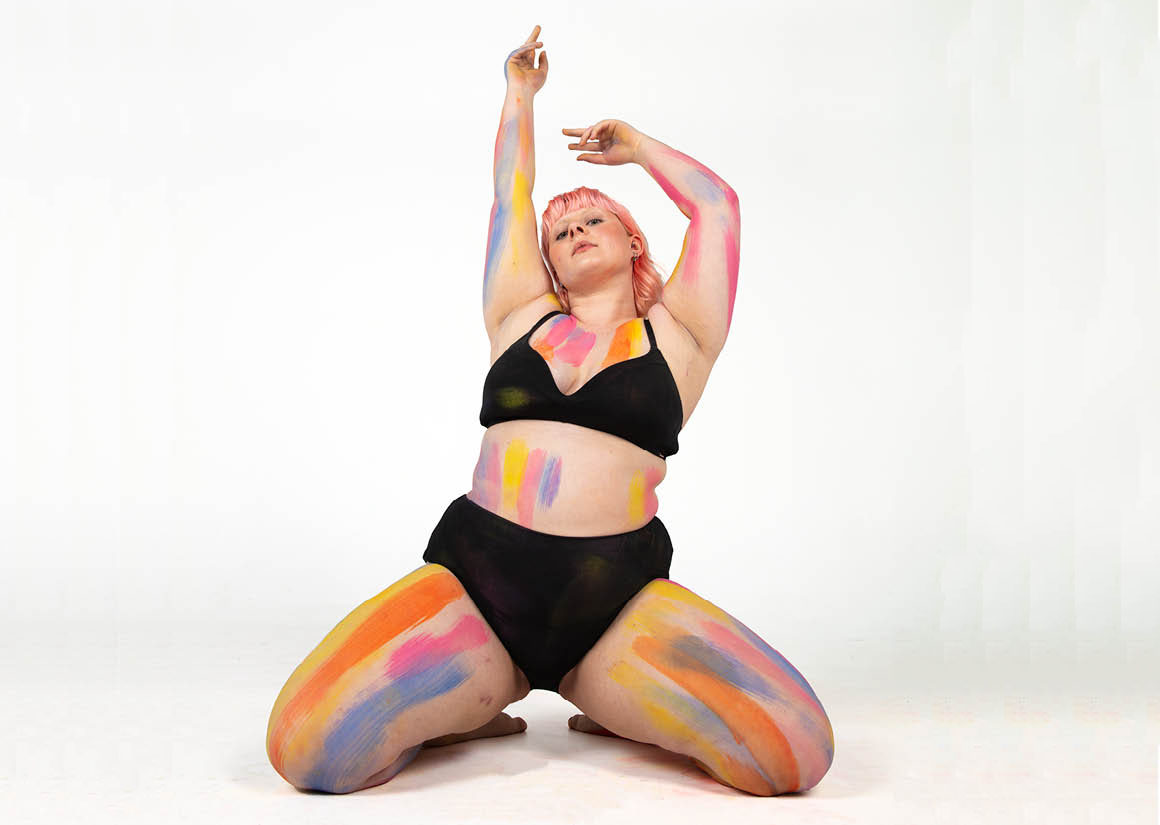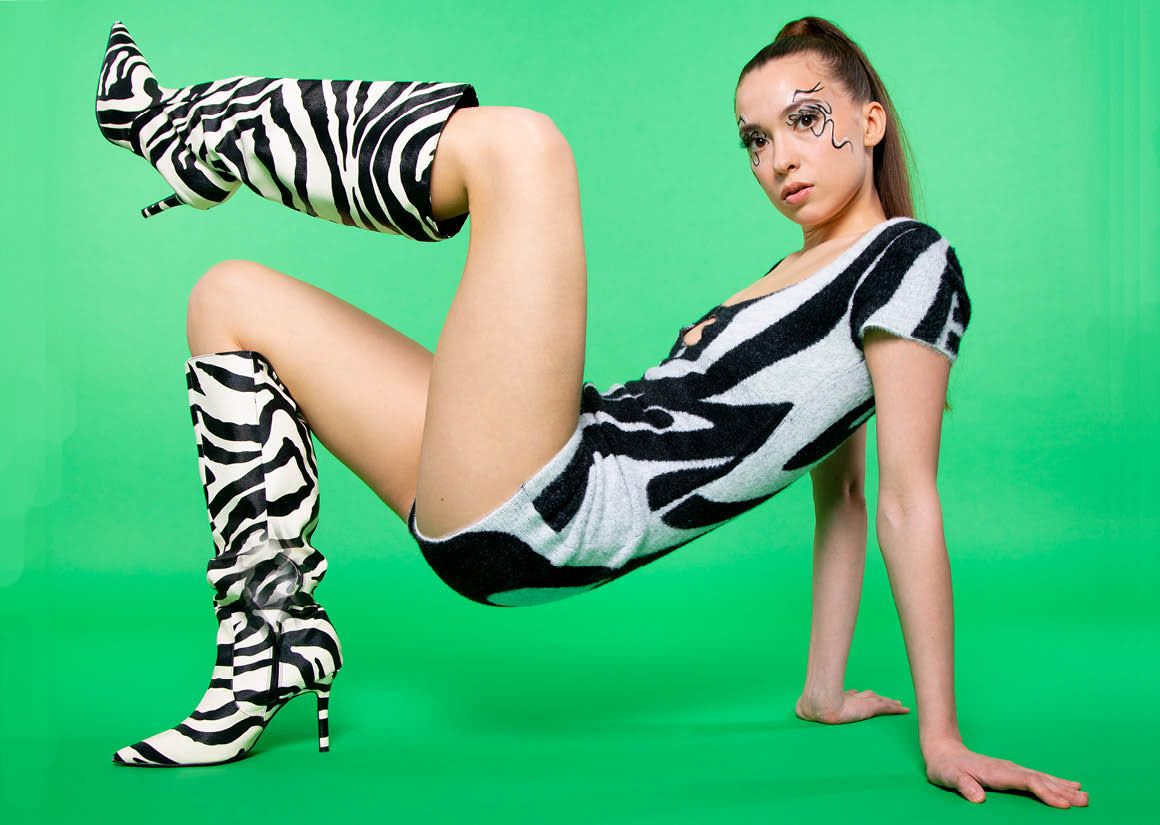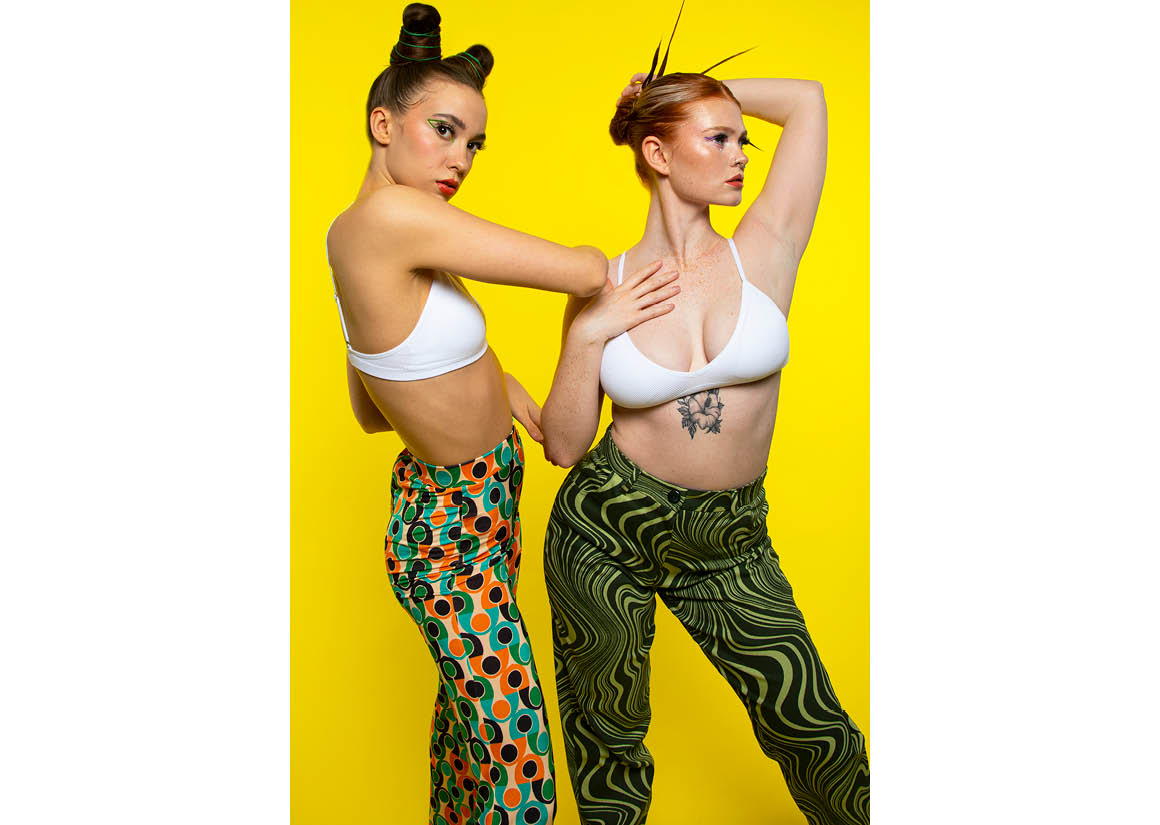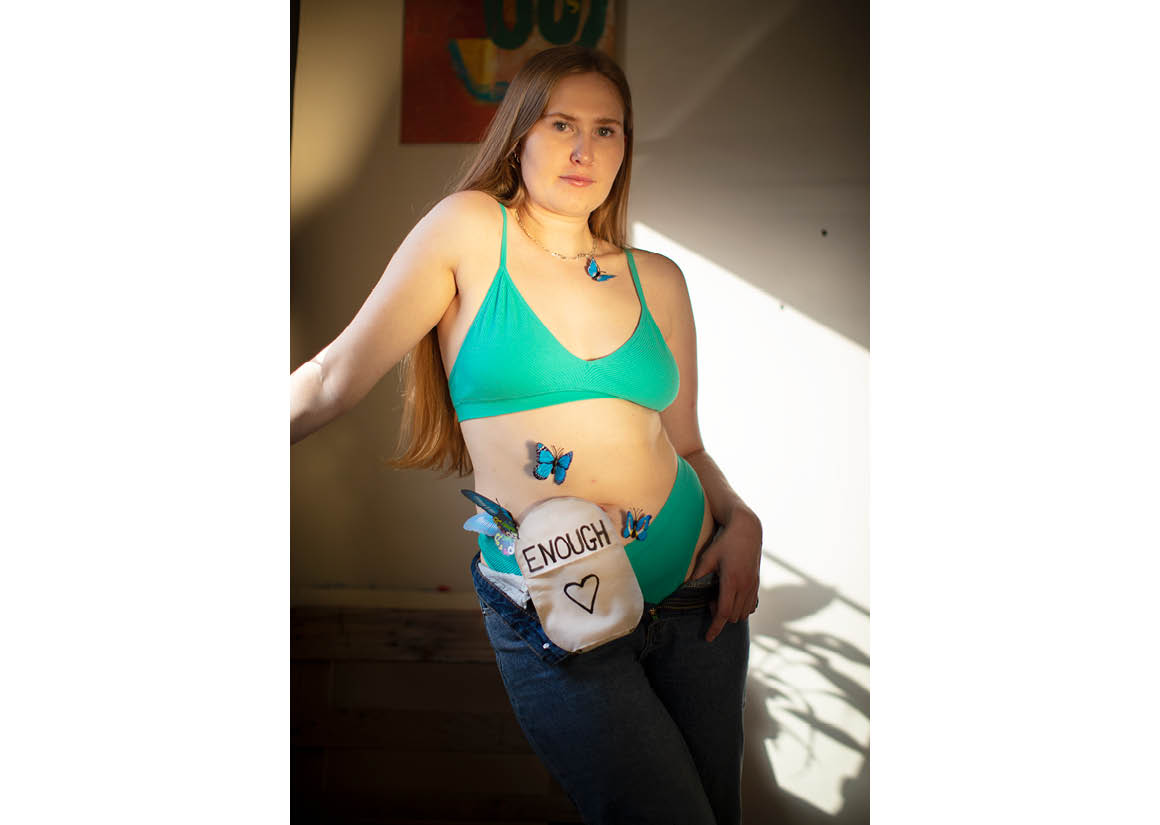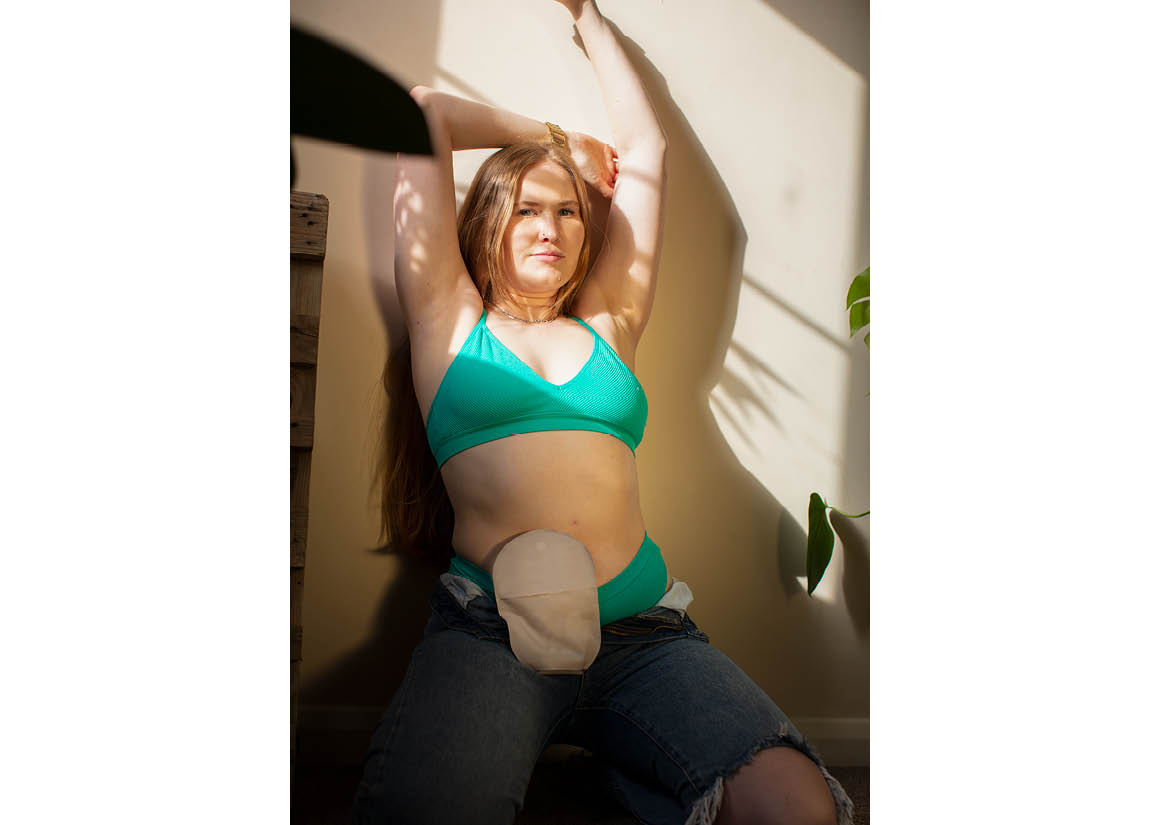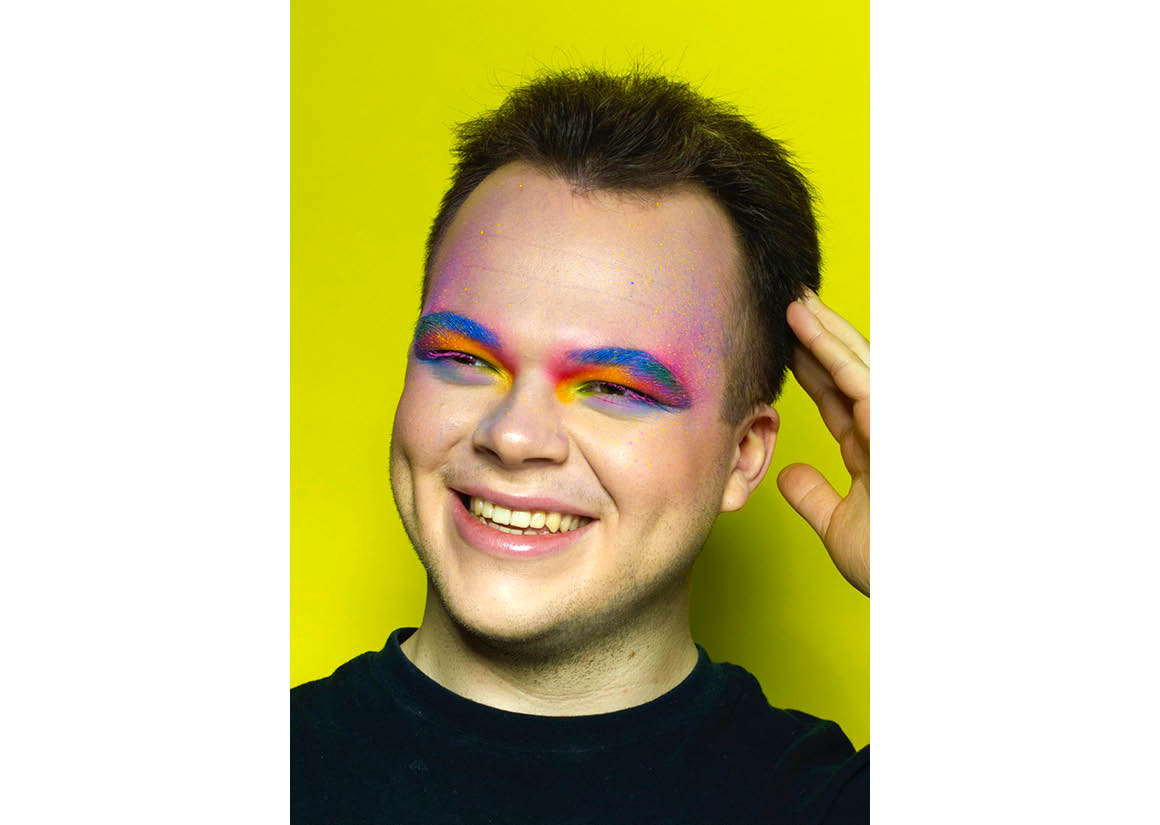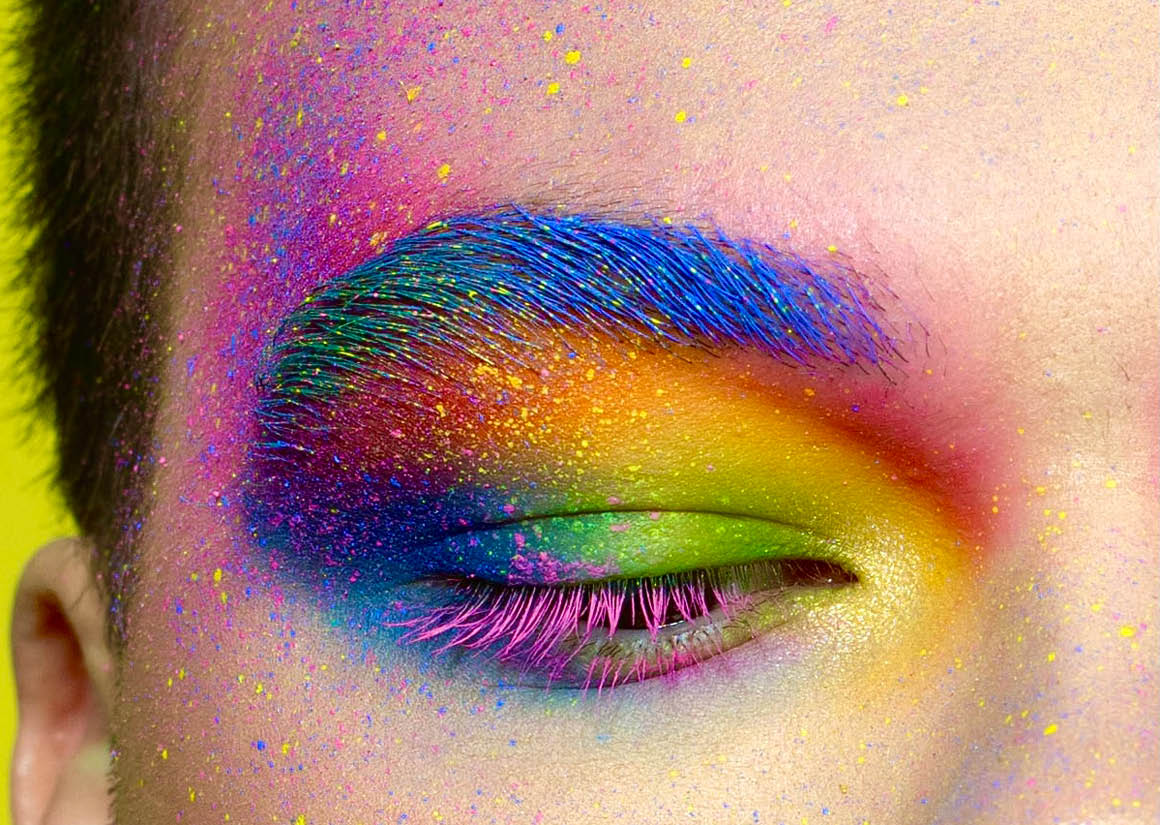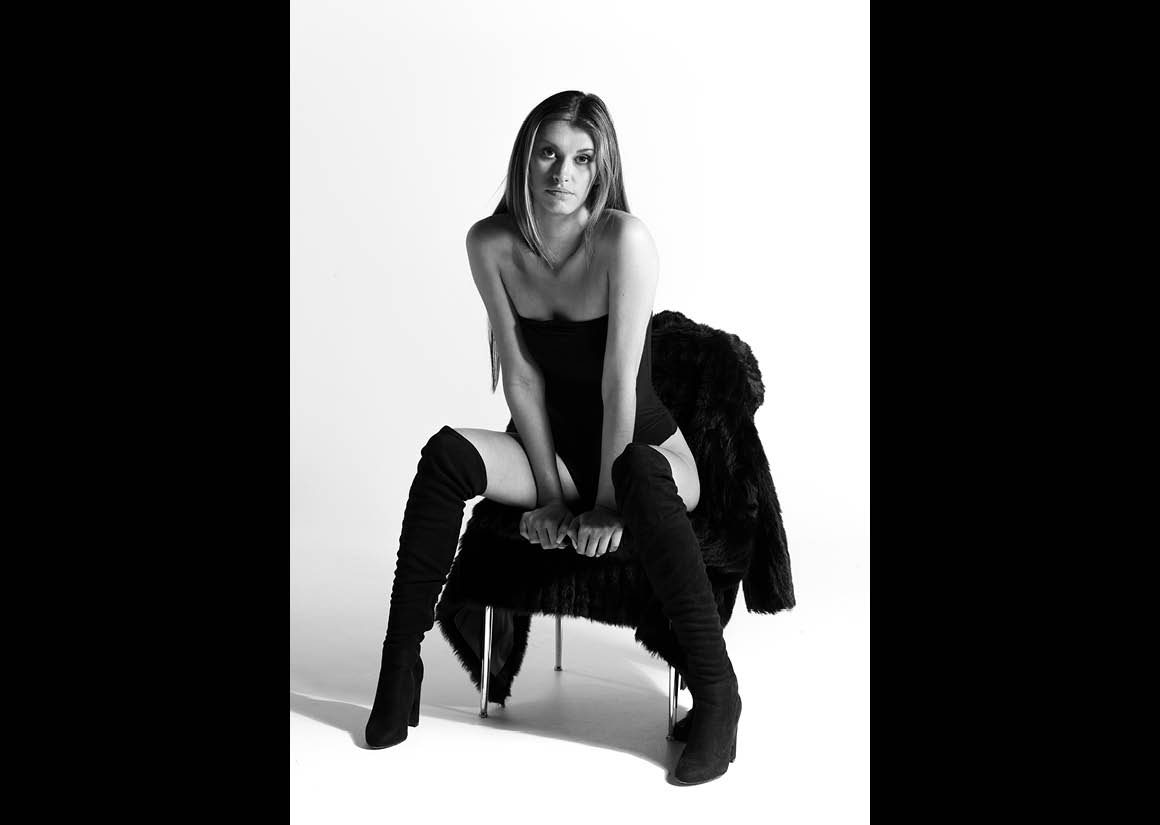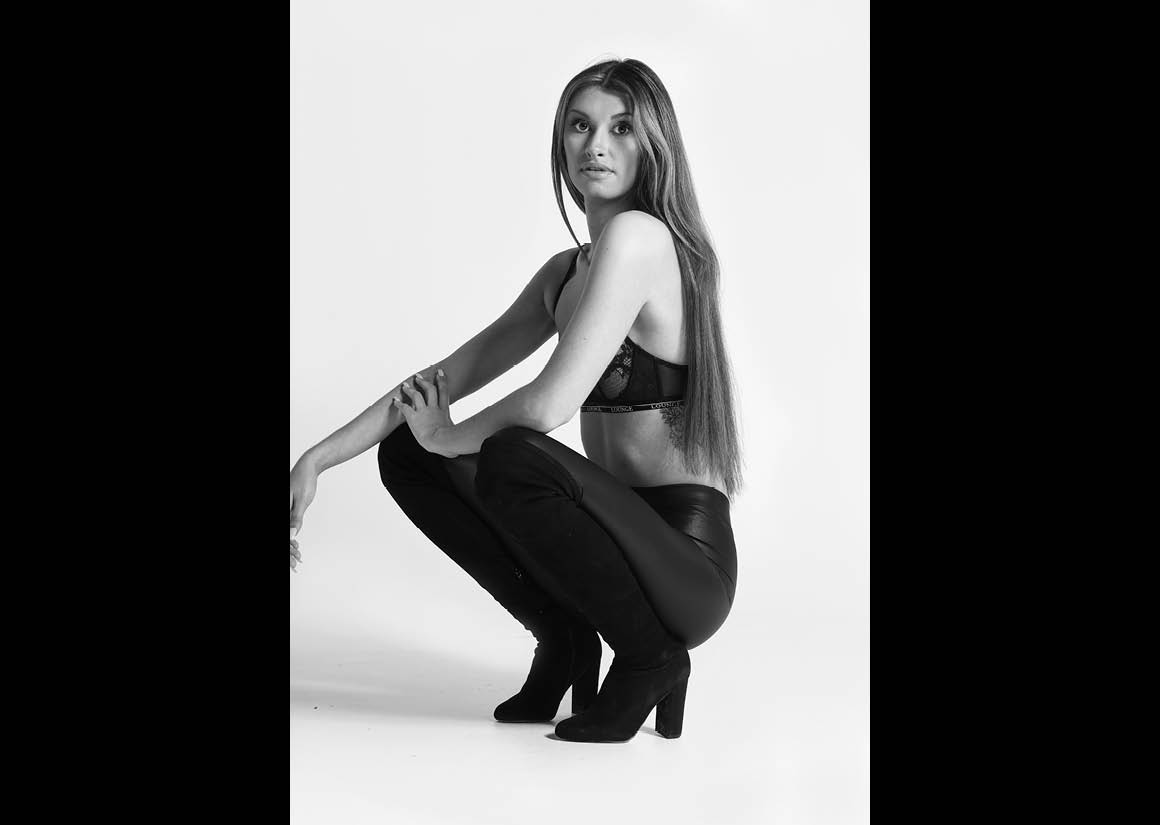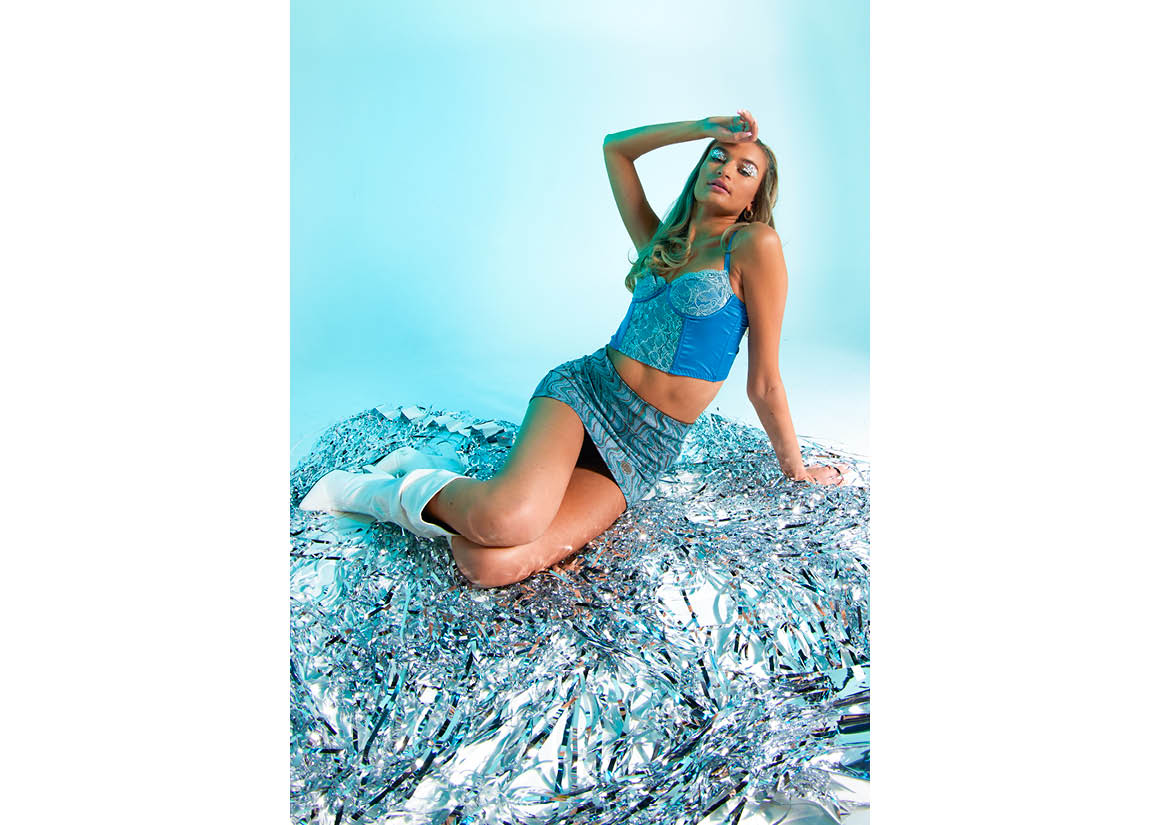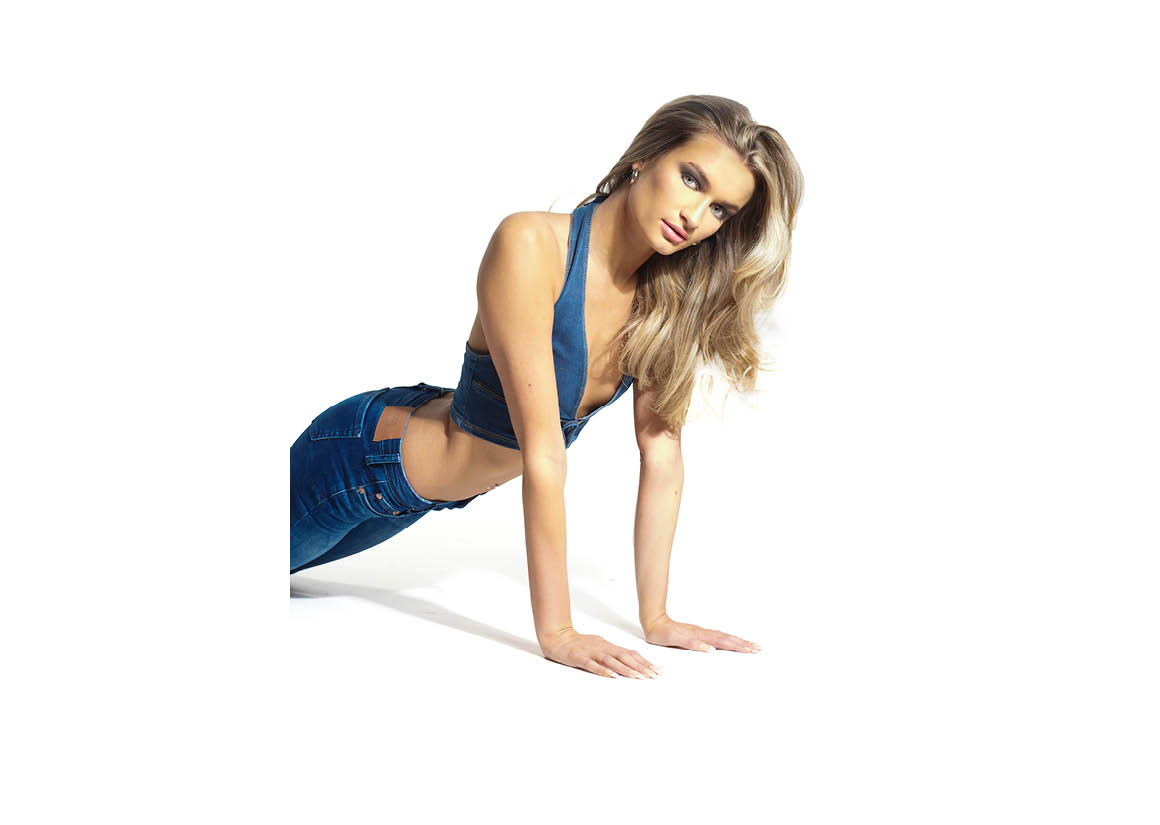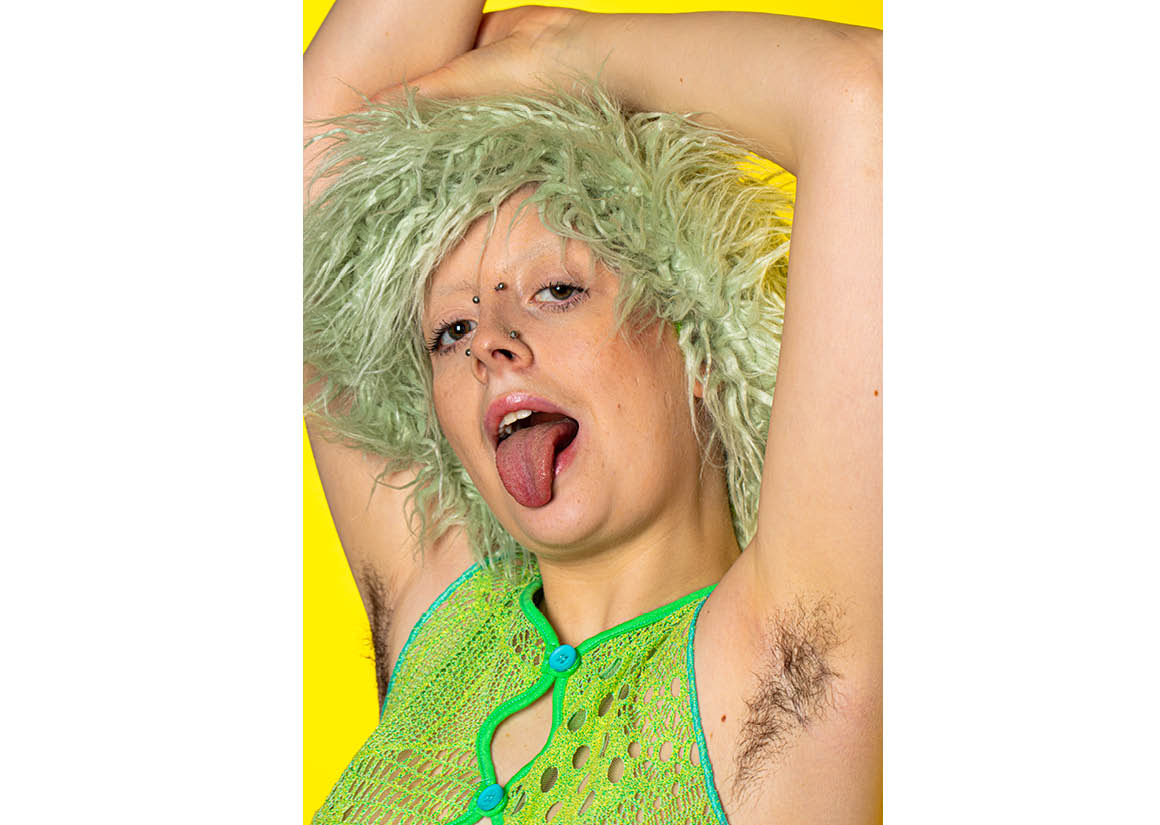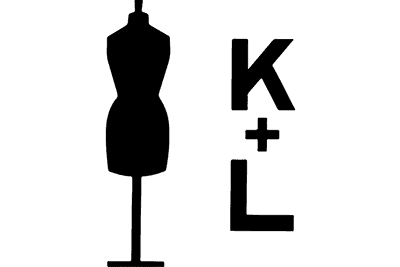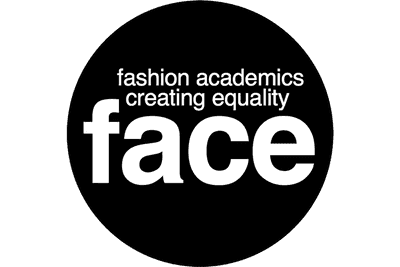
About Me
Hi, I’m Ashleigh, a fashion photography graduate from Solent Uni.
Ashleigh Houghton is a creative with a great passion for the fashion industry. Her aim throughout her future career is to change the face of fashion through inclusivity and teach the younger generation that they shouldn’t base their appearance on the stereotypes seen in the media. Her FMP began this movement and is something she strives to change.
I have always found myself struggling to accept my appearance down to societal views. I therefore decided to create a fashion zine that projected a message to the future generation that they shouldn’t be obsessed with trying to make themselves look ‘perfect’ based on old fashioned, stereotypical views. With the intention of displaying ‘normal people’ I embraced aspects society often associates with insecurities. I have a keen interest in creative/art direction and feel that I can continue pushing this message towards future generations as fashion is such a huge platform.
INSPIRATION
My initial inspiration stemmed from Peter Lindbergh's ‘birth of the supermodel’.
The lack of representation of bodies seen in fashion is what led me to create this work for my FMP. I have always looked at iconic fashion photography in awe but the past few years have made me question a lot about them. All supermodels follow the same conventional beauty and body standards and no one seems to be attempting to breach this trend. Therefore I decided to go against these doubts and give the younger generation a chance to see themselves in the spotlight; a more realistic outlook.
The history of fashion revolves around supermodels who are predominantly all the same. It leads to a societal idea that this is perfect and the only way you should look to be labelled attractive, therefore proposing such an unrealistic norm for people to aspire to. It leaves so many individuals feeling bad about themselves as they don’t get to see themselves in the media. The movement of embracing realistic people and making it the norm seen in the media is what I’m striving towards.
MY WORK
PORTFOLIOS

DETAIL
In order to express my opinion, I created a fashion zine that aimed to shift society's views.
Alongside capturing models of different sizes throughout, I dove further into the idea of social perceptions through the exploration of body hair and the idea that people shouldn't have to shave just to fit in with societal views. I hope that this editorial can help point out to the younger generation that they can feel comfortable whether they have body hair or not-it shouldn’t be such to others' disgust whether you decide to keep it or not. Another way I explored social perceptions in order to help encourage confidence within, was through an interview and shoot with an individual who had a stoma bag. Her journey on regaining her confidence and loving her body again was truly inspiring therefore I knew I had to include her experience. I hope that the story and images will potentially encourage other individuals with disabilities to feel happy within themselves.
